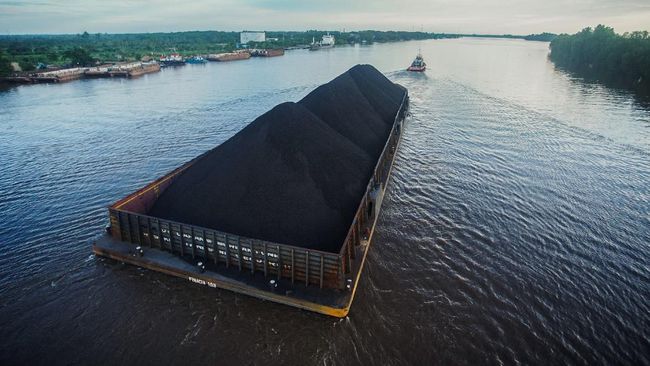UNAIR NEWS – Coal fly ash and bottom ash (FABA) waste is no longer registered as hazardous and toxic waste (B3) category in State Regulation (PP) Number 22 of 2021 concerning Implementation of Environmental Protection and Management. In this regulation, FABA is included in the category of non-B3 waste.
As a response to this matter, Dr. Eko Prasetyo Kuncoro ST., DEA, (Eko) lecturer of Environmental Engineering, Faculty of Science and Technology (FST) UNAIR explained that FABA is waste that arises from coal combustion. It is usually used for steam power plants (PLTU).
“Fly ash is ash from burning coal that floats upwards, while bottom ash is ash from burning that falls down,” he said on Friday, March 12, 2021.
The content of FABA depends on the type of minerals present in coal. Examples of coal mineral content include carbon, oxygen, hydrogen, or mineral content and other compounds such as silica.
The impact of FABA on the environment and society depends on the amount of waste and the toxic content in it. FABA in large amount and not properly managed will be able to contaminate environment, into water, air, and / or soil, making it dangerous. “One of the diseases caused by FABA is a disturbance in the respiratory system,” he continued.
The frequency of the health disturbances in the respiratory system due to FABA depends on the amount or concentration of FABA that enters the body and the duration of exposure. Another disease that may arise is silicosis, which is a disease caused by excess silica in the body.
When FABA is still included in the category of B3 waste, then FABA waste needs to be managed specifically. The regulations regarding B3 waste management were previously regulated in PP No. 101 of 2014 concerning the management of hazardous and toxic waste. The PP was later revoked and replaced with PP No. 22/2021 concerning the Implementation of Environmental Protection and Management. “To manage B3 waste, there is a permit,” said Eko.
Meanwhile, non-hazardous waste can be used for the manufacture of a product. When FABA is removed from the list of B3 waste and included in the non-B3 waste category, FABA does have characteristics that can be used as a mixture of building materials such as pavement and bricks. However, the use of FABA for this mixture still needs to be tested in terms of physical, chemical, and mechanical feasibility.
“Before FABA is used for the production of building materials, it is necessary to carry out tests such as the TCLP ( Toxicity Characteristic Learning Procedure, ed ) test to ascertain whether the contents of the building materials contained in FABA are dangerous or not,” he explained.
Furthermore, Eko also explained that the shift of B3 waste into non-B3 waste must go through a procedure that was previously regulated by the government in PP No. 101/2014. Hopefully, the government could monitor the implementation of this regulation well, especially regarding the exclusion of FABA from the hazardous and toxic waste category. (*)
Author: Galuh Mega Kurnia
Editor : Binti Q. Masruroh





